Terraform Remove From State
Terraform is an infrastructure-as-code tool that allows you to define and manage your infrastructure in a declarative manner. This means you can write code to specify the desired state of your infrastructure, and Terraform will handle the execution and provisioning of the resources needed to achieve that desired state.
To keep track of the resources it manages, Terraform uses a state file. This state file contains information about the resources Terraform manages, such as their current state, metadata, and dependencies. It is a crucial aspect of Terraform’s functionality as it enables Terraform to understand the relationships between resources and perform operations like updating or destroying them.
Importance of Removing Resources from State
As your infrastructure evolves, there may come a time when you need to remove certain resources from your Terraform state. This could happen for various reasons, such as decommissioning a resource, migrating it to a different infrastructure management tool, or simply cleaning up your state file to reduce its size.
Removing resources from your Terraform state is important to ensure that Terraform does not attempt to manage or modify resources that no longer exist or are under the control of another tool. By removing unnecessary resources from your state, you can minimize the risk of unintended changes to your infrastructure and improve the clarity and maintainability of your code.
Preparing for Removing Resources from State
Before removing resources from your Terraform state, it is crucial to understand the potential impact it may have on your infrastructure. Carefully review your Terraform code and any dependencies between resources to identify any potential cascading effects or unintended consequences.
Additionally, make sure you have a backup of your state file and test your Terraform code in a non-production environment to validate the effects of removing resources. This will help you understand any potential issues that may arise and allow you to mitigate them proactively.
Terraform State Removal Methods
There are several methods you can use to remove resources from your Terraform state. The method you choose depends on your specific use case and requirements. Two common approaches are using the `terraform state rm` command and manually removing resources from the state file.
Using Terraform State Rm Command
The `terraform state rm` command is a built-in command in Terraform that allows you to remove resources from your state file. This command takes a resource address as an argument and removes the corresponding resource from the state.
To use the `terraform state rm` command, you need to provide the full resource address as it appears in your state file. For example, if you want to remove a resource named “example_resource” in the “aws_instance” resource type, you would run the following command:
“`
terraform state rm aws_instance.example_resource
“`
This command will remove the specified resource from your state file, and Terraform will no longer manage it.
Manually Removing Resources from State
If you prefer a more manual approach, you can directly edit the state file to remove resources. The state file is typically a JSON or HCL file that contains a representation of the resources Terraform manages.
Open the state file in a text editor and locate the resource you want to remove. Remove the entire block of JSON or HCL corresponding to that resource. Save the changes to the state file and ensure that the file is still in a valid JSON or HCL format.
It is important to exercise caution when manually modifying the state file, as any mistakes or syntax errors could render your state file unusable. Make sure to have a backup of the state file before making any manual modifications and consider testing the changes in a non-production environment before applying them in a production setting.
Pitfalls and Considerations when Removing Resources from State
When removing resources from your Terraform state, there are a few pitfalls and considerations to keep in mind:
1. Dependency Management: Removing a resource from your state file may cause issues if other resources depend on it. Ensure that you account for any dependencies and make the necessary adjustments to your Terraform code to avoid potential errors.
2. Destroying Resources: Removing a resource from the state file does not automatically destroy the corresponding infrastructure. You need to explicitly run `terraform destroy` or any other applicable Terraform commands to ensure the resources are properly cleaned up.
3. Collaboration: If you are working in a team where multiple people share the same state file, removing a resource may disrupt others’ workflows. Make sure to communicate and coordinate with your team to avoid conflicts and ensure smooth collaboration.
Recovering from Removing Resources from State
In case you accidentally remove a resource from your Terraform state or encounter issues after removing resources, you can recover from this situation by re-adding the resource to your state. Depending on the method you used to remove the resource, you can either use the `terraform state import` command or manually add the resource back to the state file.
The `terraform state import` command allows you to import a resource back into the state file by specifying its resource address. For example, if you removed a resource named “example_resource” in the “aws_instance” resource type, you would run the following command to import it back:
“`
terraform state import aws_instance.example_resource
“`
Where `
If you manually removed the resource from the state file, you can simply add it back by including the resource’s JSON or HCL representation in the state file. Ensure that the syntax and structure of the state file are correct before attempting to apply any changes.
Automating Terraform State Removal
To automate the process of removing resources from your Terraform state, you can leverage Terraform’s backend and remote state capabilities.
By configuring a remote backend for your Terraform project, such as Amazon S3 or HashiCorp Consul, you can store your state file remotely. This allows you to easily manage and version your state file, making it simpler to remove resources from the state.
When using a remote backend, you can use the backend’s API or CLI to interact with the state file and remove resources programmatically. This can be particularly useful in scenarios where you need to automate the removal of multiple resources across different environments or manage state files for multiple projects.
To leverage the remote state for automating removal, refer to the documentation of the specific backend you are using to understand the available features and commands for manipulating the state file.
FAQs
Q: What is Terraform state?
A: Terraform state is a file that contains information about the resources Terraform manages, such as their current state, metadata, and dependencies. It is essential for Terraform to understand the relationships between resources and perform operations like updating or destroying them.
Q: What is the Terraform state command?
A: The Terraform state command is a set of built-in commands in Terraform that allows you to manage and manipulate the state file. These commands include `terraform state rm` for removing resources from the state file and `terraform state import` for importing resources into the state file.
Q: What is Terraform import?
A: Terraform import is a command that allows you to import existing infrastructure resources into your Terraform state. By importing resources, you can bring them under Terraform’s management and apply changes to them using Terraform’s declarative language.
Q: What is a Terraform state file?
A: A Terraform state file is a JSON or HCL file that contains a representation of the resources Terraform manages. It includes information like resource state, metadata, and dependencies. The state file is crucial for Terraform to understand the current state of your infrastructure and manage it accordingly.
Q: How do I unlock the Terraform state?
A: You can unlock the Terraform state by using the `terraform force-unlock` command. This command allows you to release the lock on the state file, which is typically required if a previous Terraform operation was terminated unexpectedly.
Q: Can I update the Terraform state file manually?
A: Yes, you can manually update the Terraform state file by editing it directly with a text editor. However, it is important to exercise caution when making manual modifications to avoid errors or syntax issues.
Q: What is Terraform backend?
A: Terraform backend is the mechanism used by Terraform to store the state file. It can be a local file, a remote storage service like Amazon S3 or Azure Blob Storage, or a distributed system like HashiCorp Consul. The backend allows you to manage your state file in a centralized and secure manner.
Q: How do I use remote state in Terraform?
A: To use remote state in Terraform, you need to configure a backend in your Terraform configuration file. This includes specifying the backend type, such as “s3” or “consul,” and providing the necessary configuration settings, like the backend-specific connection details.
Q: How can I remove resources from Terraform state?
A: You can remove resources from Terraform state by using the `terraform state rm` command or manually editing the state file to remove the corresponding resource block.
In conclusion, managing Terraform state is an essential aspect of infrastructure management using Terraform. Removing resources from the state file requires careful consideration and attention to avoid unintended consequences. By understanding the different methods and best practices for removing resources from the state, you can ensure a smoother and more manageable infrastructure workflow.
How To Remove Resource From Terraform State File | Terraform State Rm Example
Keywords searched by users: terraform remove from state Terraform state, Terraform state command, Terraform import, What is terraform state file, Unlock terraform state, Terraform update state file manually, Terraform backend, Remote state Terraform
Categories: Top 28 Terraform Remove From State
See more here: nhanvietluanvan.com
Terraform State
Introduction:
Terraform is a widely-used open-source infrastructure as code (IaC) tool that enables users to define and provision infrastructure resources in a declarative manner. When utilizing Terraform, the state of your infrastructure is a crucial component. In this article, we will delve into the significance of Terraform state, understand how it works, explore different state storage options, discuss best practices for managing state, and address frequently asked questions.
Understanding Terraform State:
Terraform state is a representation of the resources and their attributes managed by Terraform for a specific infrastructure. It not only keeps track of the current state of the infrastructure but also stores important metadata used by Terraform to manage and update resources efficiently.
State files are JSON-formatted and consist of resource definitions, their attributes, dependencies, and other relevant information. By analyzing the state file, Terraform knows what resources to create, change, or delete. This understanding of the infrastructure’s state allows Terraform to make intelligent decisions while planning and applying changes.
Importance of Terraform State:
The state allows Terraform to be aware of the changes made to the infrastructure over time. It ensures that only the necessary modifications are applied, preventing unintended or destructive alterations. State also enables Terraform to plan and execute changes in a way that respects resource dependencies and relationships.
Without state, Terraform would be unable to track and manage the state of resources, making it difficult to reason about infrastructure changes or collaborate effectively in team-based environments. State keeps track of resource attributes, such as IP addresses, instance IDs, or security group names, making it easier to reference and link resources together. Thus, state is not only crucial for working with Terraform but also helps ensure the stability and reliability of your infrastructure.
State Storage Options:
Terraform provides various options for storing state files:
1. Local Backend: By default, Terraform saves your state file on the local disk. While this approach is simple, it lacks collaboration capabilities and is susceptible to loss or misuse of state files. It is best suited for personal projects or when working in a single-machine environment.
2. Remote Backends: To overcome the limitations of the local backend, Terraform supports utilizing remote backends such as Amazon S3, Azure Blob Storage, or HashiCorp’s Terraform Cloud. Remote backends enable shared access, provide versioning capabilities, and increase the security and reliability of state files. They are recommended for team-based projects or in situations where distributed collaboration is essential.
Managing Terraform State:
Here are some best practices for managing Terraform state effectively:
1. Version Control: Treat your state files as code and store them in a version control system (VCS). This allows easy rollback, collaboration, and traceability of changes over time.
2. Remote Backend Encryption: When using remote backends, consider encrypting your state files to protect sensitive information. Most cloud providers and Terraform Cloud offer encryption at rest for state storage.
3. State Locking: Ensure state locking to prevent concurrent updates. State locking prevents multiple users or pipelines from modifying the state simultaneously, avoiding conflicts and potential data corruption.
4. Workflow Automation: Automate your workflow by utilizing CI/CD (Continuous Integration/Continuous Deployment) tools. This provides version-controlled infrastructure changes and facilitates automated infrastructure updates.
FAQs (Frequently Asked Questions):
Q1: Can I manually edit the state file?
A1: It is strongly discouraged to manually edit state files. Any manual changes can introduce inconsistencies and lead to unexpected behavior. Instead, use Terraform commands to manage infrastructure changes.
Q2: How can I recover from a lost or corrupted state file?
A2: If your state file is lost or corrupted, you can potentially recover it through version control or backups. Maintaining regular backups and utilizing remote backends can help mitigate data loss risks.
Q3: Can I delete or modify resources directly in infrastructure without updating the state?
A3: Making changes directly in infrastructure without updating the state can lead to inconsistencies. Always let Terraform manage your resources and update the state file to keep it in sync.
Q4: Can I split the state into smaller files for better management?
A4: While splitting the state is possible, it generally adds complexity. It is recommended to keep the state file as a cohesive unit, ensuring consistency and easy maintenance.
Q5: Can I migrate existing infrastructure to Terraform state?
A5: Yes, you can import existing resources into Terraform state using the ‘terraform import’ command. This helps Terraform recognize and manage resources provisioned outside of its control.
Conclusion:
Terraform state plays a pivotal role in managing infrastructure changes and ensuring the stability of your resources. By properly understanding and harnessing state management, you can effectively collaborate, automate workflows, and maintain a reliable infrastructure-as-code setup. Adopting best practices, leveraging remote backends, and following recommended guidelines will not only streamline your infrastructure management but also provide a solid foundation for scalability and agility.
Terraform State Command
Introduction:
As the complexity of cloud infrastructure grows, so does the management overhead. To overcome these challenges, the concept of Infrastructure as Code has gained significant popularity. Infrastructure as Code (IaC) is an approach that automates the provisioning and management of cloud resources using machine-readable configuration files. One of the prominent tools used for IaC is Terraform. In this article, we will explore the Terraform State command, an integral part of Terraform, which facilitates managing the state of the infrastructure.
Understanding Terraform State:
Terraform State is a crucial feature of Terraform that enables it to keep track of the resources it manages in the infrastructure. It is responsible for storing the current state of the infrastructure and lets Terraform understand changes made to it. This state acts as a source of truth for Terraform, enabling it to make accurate and efficient decisions when modifying or destroying resources.
The Terraform State command is primarily used to manipulate the state file, which is a JSON format file representing the current status of the infrastructure. This file serves as a record of all the resources created by Terraform, their attributes, and associations. By managing this state, Terraform can determine how to bring the actual infrastructure in line with the desired state declared in the configuration files (written in HashiCorp Configuration Language or HCL).
Interacting with Terraform State:
There are various commands available in Terraform State that allow users to manage the state effectively:
1. terraform state list: This command lists all the resources managed by Terraform along with their resource addresses. It provides an overview of the current state of infrastructure resources.
2. terraform state show: This command displays detailed information about a specific resource or a set of resources. It provides insights into the attributes of the selected resource(s), helping users understand the current state better.
3. terraform state mv: This command is used to move resources from one Terraform state to another. It is especially useful when reorganizing or restructuring infrastructure resources, allowing for better management and organization.
4. terraform state pull: This command is used to manually retrieve the current state file from a remote backend. It allows users to fetch the latest state, ensuring everyone is working with the most up-to-date information.
5. terraform state push: This command is used to manually upload a local state file to a remote backend. It is useful when transferring state files across different environments or when integrating with external systems.
6. terraform state rm: This command is used to remove a specific resource from the Terraform state. It is beneficial in cases where a resource is no longer needed and needs to be destroyed.
7. terraform state refresh: This command is used to update the state file with the current real-world state of a given infrastructure. It performs a refresh of the resources, comparing the state file to the actual resources, and updating any discrepancies.
FAQs about Terraform State:
1. Why is managing Terraform State important?
Managing Terraform State is crucial because it allows Terraform to understand the current state of infrastructure resources. It enables proper tracking and identification of resources, and facilitates smooth execution of operations like updates, deletions, and resource reorganization.
2. Where is the Terraform State file stored?
The Terraform State file can be stored locally or remotely. Terraform supports several backends for remote state storage, including Amazon S3, Azure Blob Storage, and HashiCorp Consul. Remote state storage ensures collaboration and eliminates issues related to state file being overwritten or lost.
3. How can I share Terraform State among team members?
To share Terraform State with team members, you can leverage remote state storage backends. By configuring access permissions, multiple users can access and modify the state file simultaneously, enabling smooth collaboration on infrastructure management.
4. Can Terraform State be version-controlled?
Yes, Terraform State can be version-controlled. By leveraging a version control system, organizations can keep track of changes made to the infrastructure over time. It allows for better collaboration, change tracking, and rollbacks if needed.
5. How often should Terraform State be refreshed?
Terraform State should be refreshed whenever there might be a mismatch between the state file and the actual infrastructure state. Typical scenarios include manual updates made outside of Terraform or changes made by another team member using their own infrastructure management tools.
Conclusion:
Terraform State command is an important aspect of Terraform that aids the management of infrastructure as code. It allows users to interact with the state file, providing a comprehensive overview of the current infrastructure state. By understanding and utilizing the Terraform State command effectively, organizations can ensure accurate tracking and management of their cloud resources.
Terraform Import
In the world of infrastructure as code (IaC), Terraform has emerged as a popular tool for provisioning and managing infrastructure across various cloud and on-premises providers. It allows developers and operations teams to define their infrastructure using a declarative language and subsequently maintain it as code. However, when migrating to Terraform, it is often necessary to adopt existing infrastructure. This is where the Terraform import feature proves invaluable, as it allows users to bring already-existing resources into Terraform’s state management, enabling the management of resources in a unified and consistent manner.
Understanding Terraform Import:
Terraform import is a command provided by the Terraform CLI. It allows users to import and manage existing resources in Terraform’s state, making them part of the infrastructure as code ecosystem. By importing existing resources, users can leverage Terraform’s powerful features, such as plan, apply, and destroy, to manage and modify these resources.
The import command syntax is as follows:
“`
terraform import [options] ADDRESS ID
“`
Here, `ADDRESS` represents the Terraform resource address and `ID` refers to the resource identifier in the provider’s system. The import command can be used for various types of resources, including virtual machines, databases, storage volumes, and more. Once imported, these resources are recognized and managed by Terraform, enabling teams to orchestrate them appropriately.
The Benefits of Using Terraform Import:
1. Infrastructure as Code Unification: With Terraform import, users can bring existing infrastructure under a unified infrastructure-as-code framework. This provides numerous benefits, such as version control, collaborative editing, and simpler infrastructure management.
2. Seamless Transition: Adopting Terraform can often be a challenging task, especially when dealing with extensive existing infrastructure. The import function alleviates this burden by allowing users to smoothly transition from manual or other automation methods to Terraform-based management.
3. Avoiding Duplication of Effort: By importing existing resources, teams can avoid the duplication of effort that arises when manually recreating infrastructure in Terraform. Instead, users can import resources into Terraform’s state and seamlessly manage them alongside newly provisioned resources.
4. Resource Reusability: Once imported into Terraform, these existing resources can be reused across multiple environments or projects. This offers a significant advantage, as valuable resources can be effortlessly shared and replicated with little modification.
5. Increased Control and Auditability: By importing existing resources into Terraform, users gain complete control over their infrastructure. Terraform’s state management ensures proper tracking, enabling easier auditing and maintaining better visibility into changes made to these resources.
FAQs:
Q1. Can Terraform import all types of resources?
Yes, Terraform import can be used for various types of resources supported by Terraform providers. This includes virtual machines, databases, networking resources, storage volumes, and more. The import process may vary depending on the provider, so it’s essential to consult the official documentation for accurate instructions.
Q2. Is it possible to import multiple resources at once?
Yes, Terraform supports importing multiple resources simultaneously. You can use wildcard characters or loops to import multiple resources with similar naming patterns or defined rules. This avoids the need for repetitive individual imports, saving time and effort.
Q3. Can I import resources from multiple providers?
Absolutely! Terraform supports multi-cloud and hybrid cloud environments. You can import resources from different providers into a single Terraform configuration, allowing you to manage a diverse set of resources effectively.
Q4. How does Terraform handle imported resources during updates?
When modifications are made to imported resources, Terraform’s plan and apply commands take care of updating them accordingly. Terraform will detect any discrepancies between the resource’s desired state defined in the code and its actual state and orchestrate the necessary updates to ensure consistency.
Q5. What happens if an imported resource is deleted outside of Terraform?
If an imported resource is deleted outside of Terraform, it can cause a drift between the desired state (defined in code) and the actual state. Terraform accurately detects such drifts during the plan or apply process and provides options to recreate or re-import the missing resources.
In conclusion, Terraform import empowers users to integrate their existing infrastructure into the Terraform ecosystem seamlessly. The import functionality offers a multitude of benefits, including resource reuse, unified infrastructure-as-code, and increased control and auditability. When adopting Terraform, leveraging import capabilities can expedite the transition process and facilitate efficient infrastructure management, ultimately benefiting both development and operations teams.
Images related to the topic terraform remove from state

Found 43 images related to terraform remove from state theme










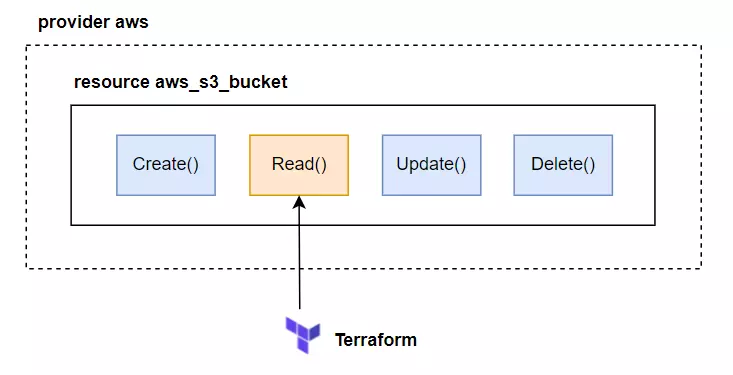

![Terraform Taint [Replace Resource] Terraform Taint [Replace Resource]](https://www.bitslovers.com/wp-content/uploads/2022/02/terraform-taint.png)


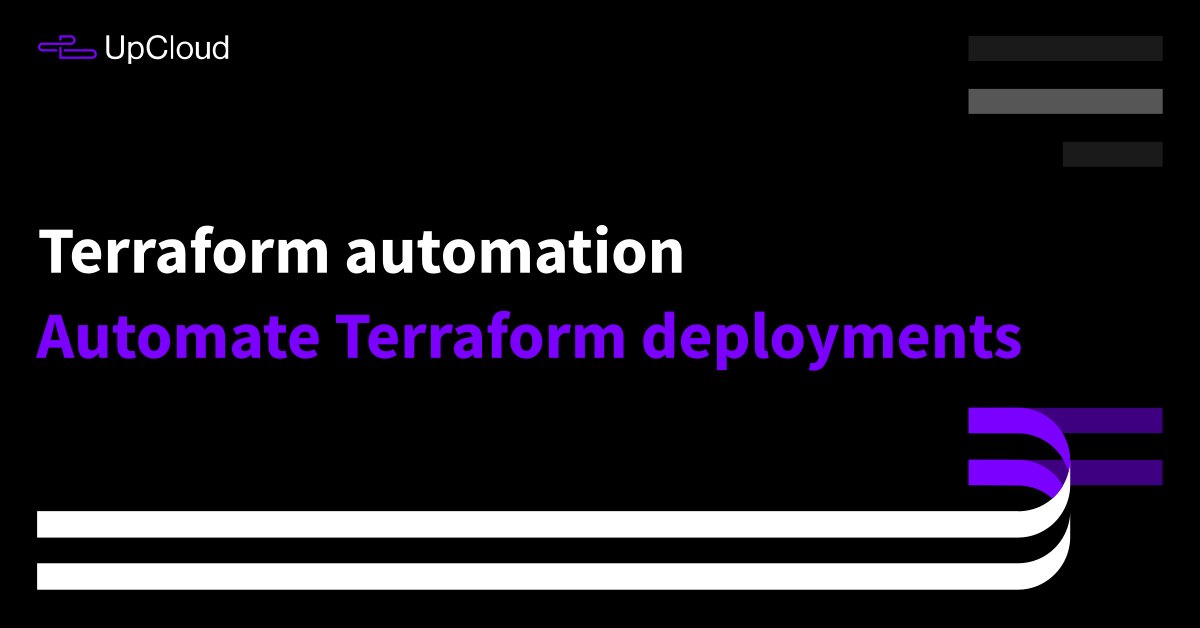
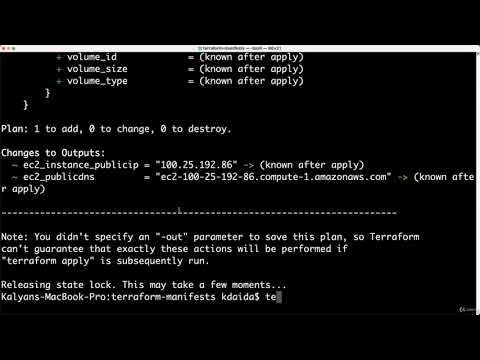


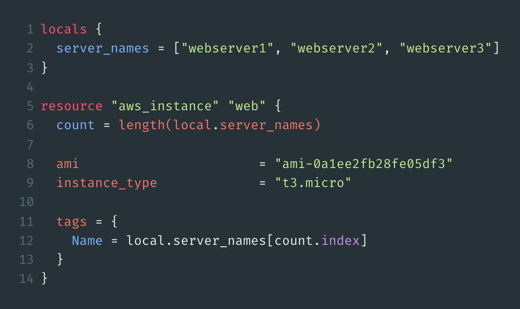

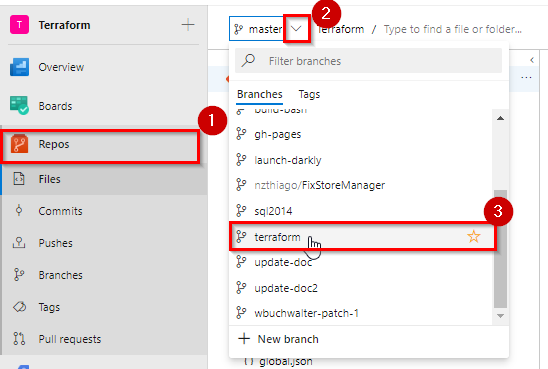

![47 Terraform Interview Questions [2023] - Josip Miskovic 47 Terraform Interview Questions [2023] - Josip Miskovic](https://josipmisko.com/img/terraform-infrastructure.jpg)
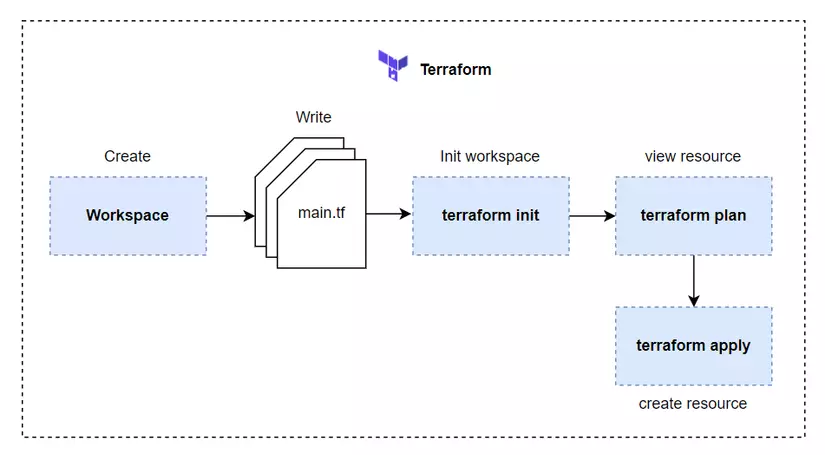
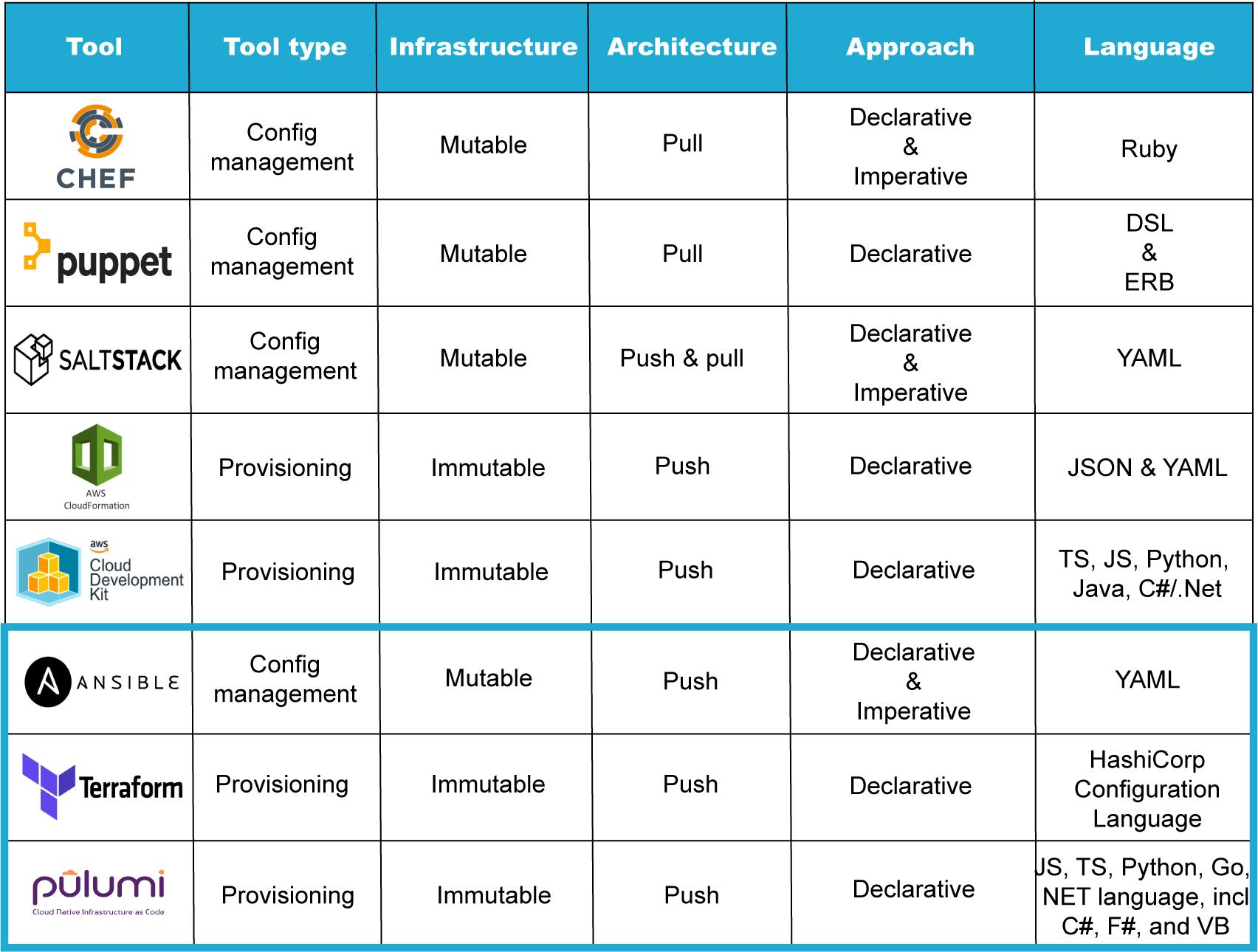






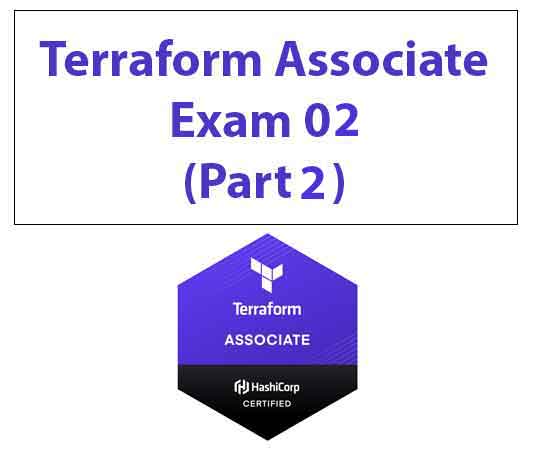

Article link: terraform remove from state.
Learn more about the topic terraform remove from state.
- How can I remove a resource from terraform state?
- Command: state rm
- How to remove a resource from Terraform state? – Jhooq
- How to remove a resource from Terraform state – Edureka
- How to manage Terraform state – Gruntwork Blog
- How to manage and manipulate resources in Terraform state file
- Managing Terraform State – Best Practices & Examples
See more: nhanvietluanvan.com/luat-hoc